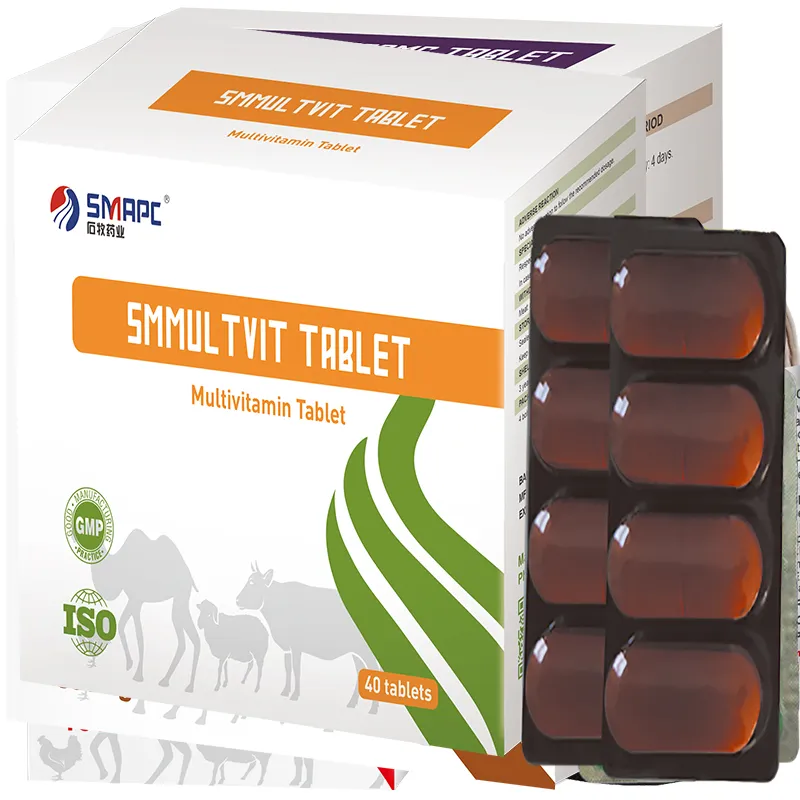- Environmental Management Reducing dust and fly populations around cattle facilities can significantly lower the risk of pink eye. Improving ventilation and reducing overcrowding are also beneficial.








